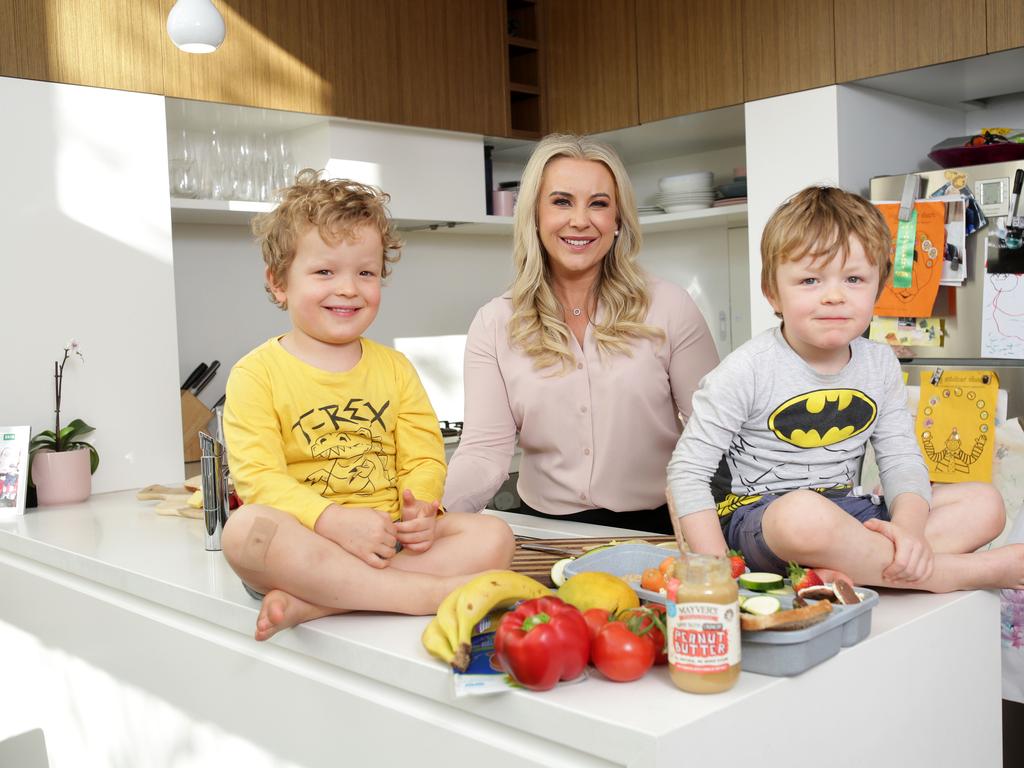
Growing children and teens do consume up to 30 per cent of their total calories while they are at school, so what we pack them each day is important.
There is nothing worse than spending much time making school lunches only to have them returned virtually untouched.
So here’s my foolproof lunch box formula to help you strike a balance between tasty options, good nutritional balance and ease.

THE NUTRITION
One of the most significant issues with lunch boxes is that the bulk of the foods included tend to be high carbohydrate. Popular lunch box foods including fruit, biscuits, bars, sandwiches made with white bread, rice snacks, juices and dried fruit are all carbohydrate based food, offering little protein or good fat.
While growing, active kids do need plenty of energy from good quality carbs, energy that comes from processed, sugary types of carbs are digested quickly, resulting in a high release of the hormone insulin and leaves kids prone to overeating and weight gain long-term.
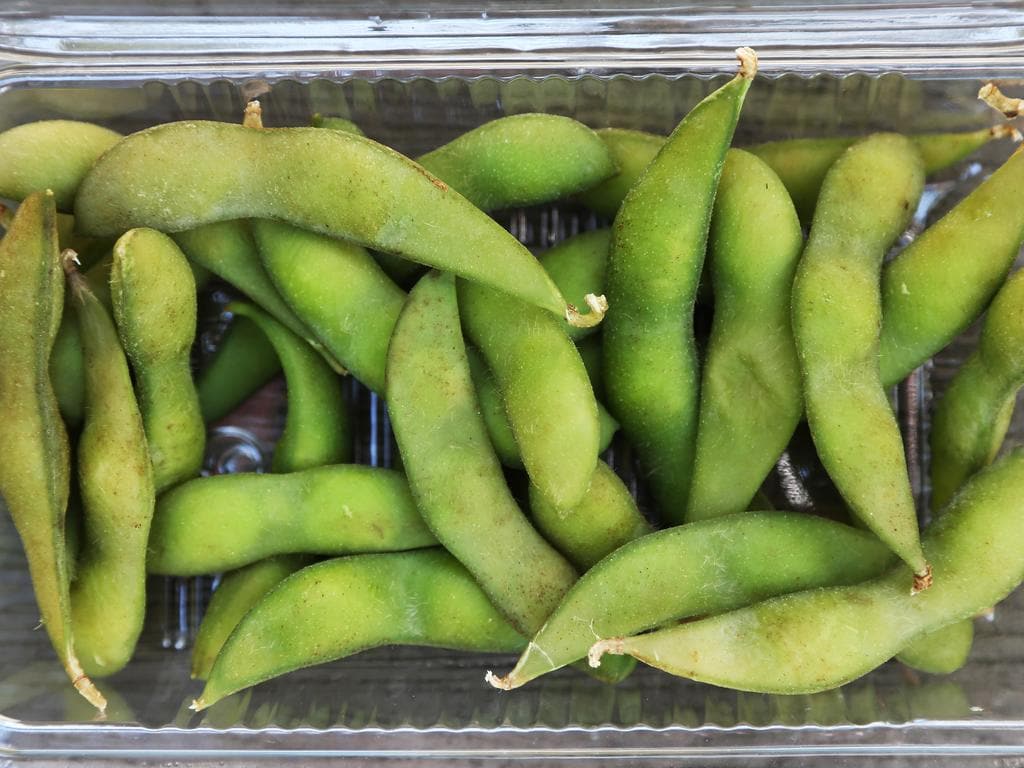
A second issue is the effect that these foods have on teeth – sticky fruit twists, snack bars with icing, confectionery and juices expose teeth to sugars, which increase the risk of tooth decay.
To avoid this nutrient imbalance, the key is to seek out wholegrain carbs and fibre-rich options as well as some protein rich foods to strike a balance between fullness and nutrition in your child’s lunch mix.
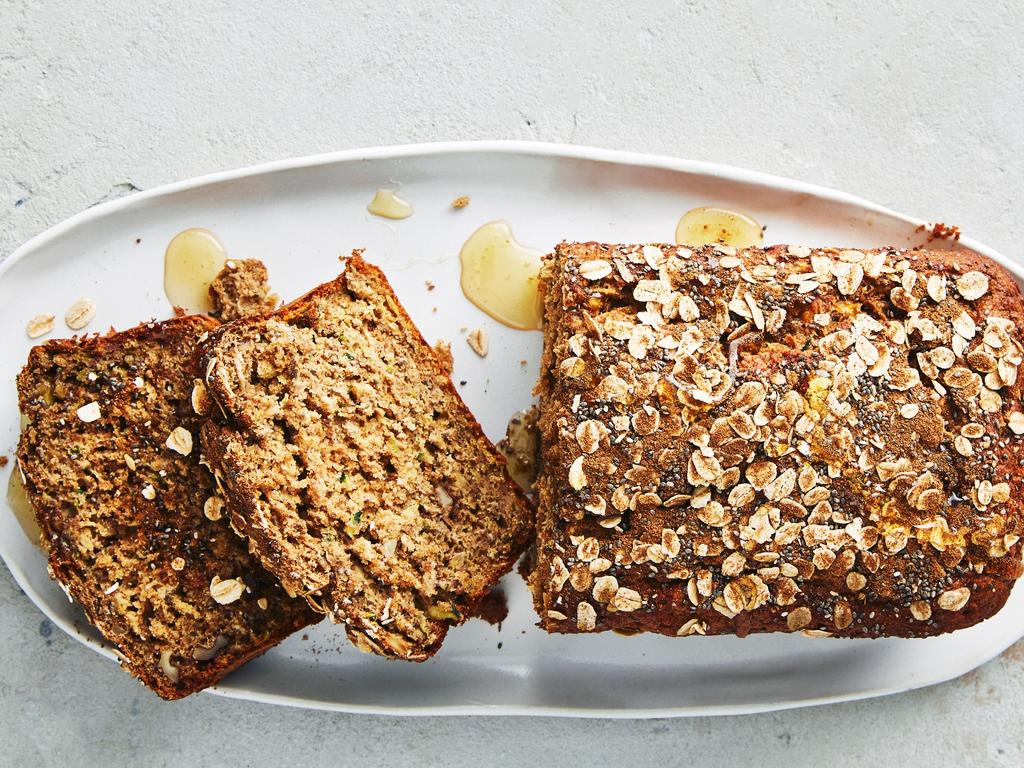
A nutritionally balanced lunch box can be divided into four core sections: a wholegrain sandwich or wrap for energy; a protein-based snack for key nutrients and fullness; fruit and vegetables for fibre and vitamins; and a snack food that has some nutritional benefit.
MORE NEWS
‘24,000 shots’: My worst hangover at Tokyo Disneyland
First look at the new Xbox controller
What was the first film in the Indiana Jones franchise?
Most importantly, busy children need plenty of water for optimal hydration, particularly in the warmer months when small children are at high risk of dehydration – there is no place for fruit-based drinks in the school lunch box.
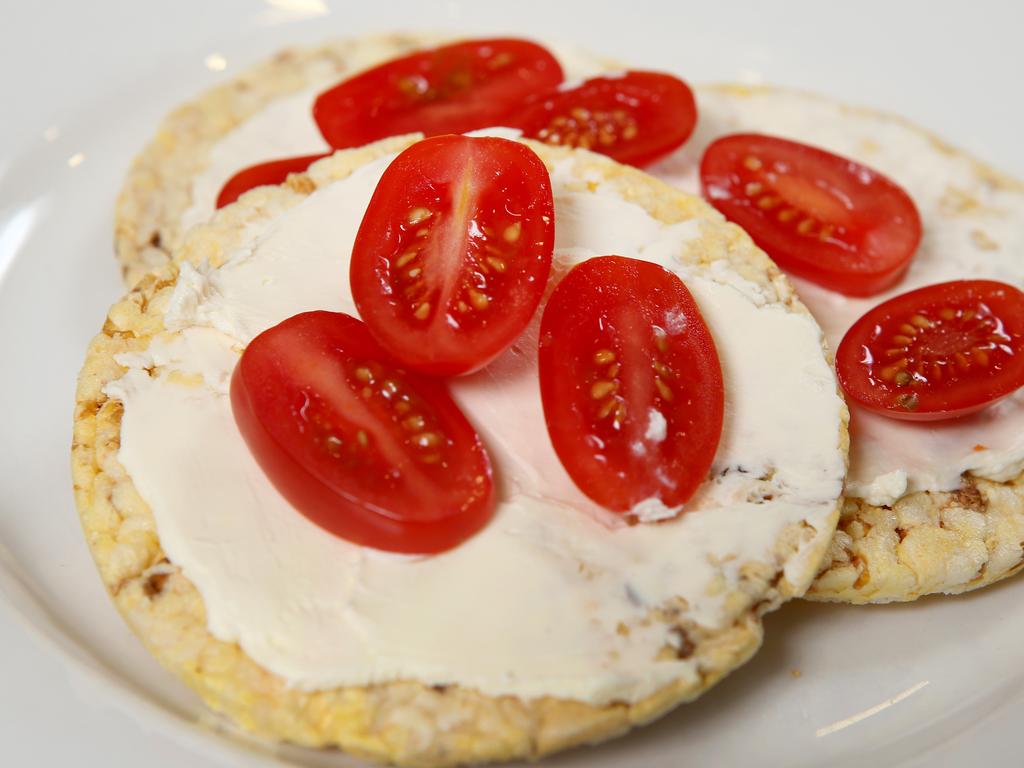
PRIMARY OR SECONDARY
For children in the later years of primary school and teens, rather than pack a lunch box with extra snack food, another option is to pack an extra sandwich or wrap, or extra protein-rich snacks such as yoghurt or milk drinks so they get the extra energy they need, via nourishing foods that will help to keep them full and satisfied.
THE FORMULA
1) Sandwich, wrap or crackers
Wholegrain and wholemeal varieties of breads and crisp breads are best. Try to also include a protein-rich filling such as ham, tuna, chicken breast or egg on sandwiches as the protein helps to keep kids full throughout the afternoon. Older children may need an extra sandwich or wrap they can enjoy at recess.
2) Piece of fruit and a vegetable
Fresh fruit is always best as dried fruit, fruit juice, fruit sticks and straps are high in sugar and digested quickly. Older children may need extra fruit. Adding a vegetable in addition to a fruit helps to get children used to eating lower sugar, nutrient rich vegetables so always add some cut up carrot, cucumber, baby tomatoes, snow peas or red capsicum to your child’s lunch, whether they eat it or not.
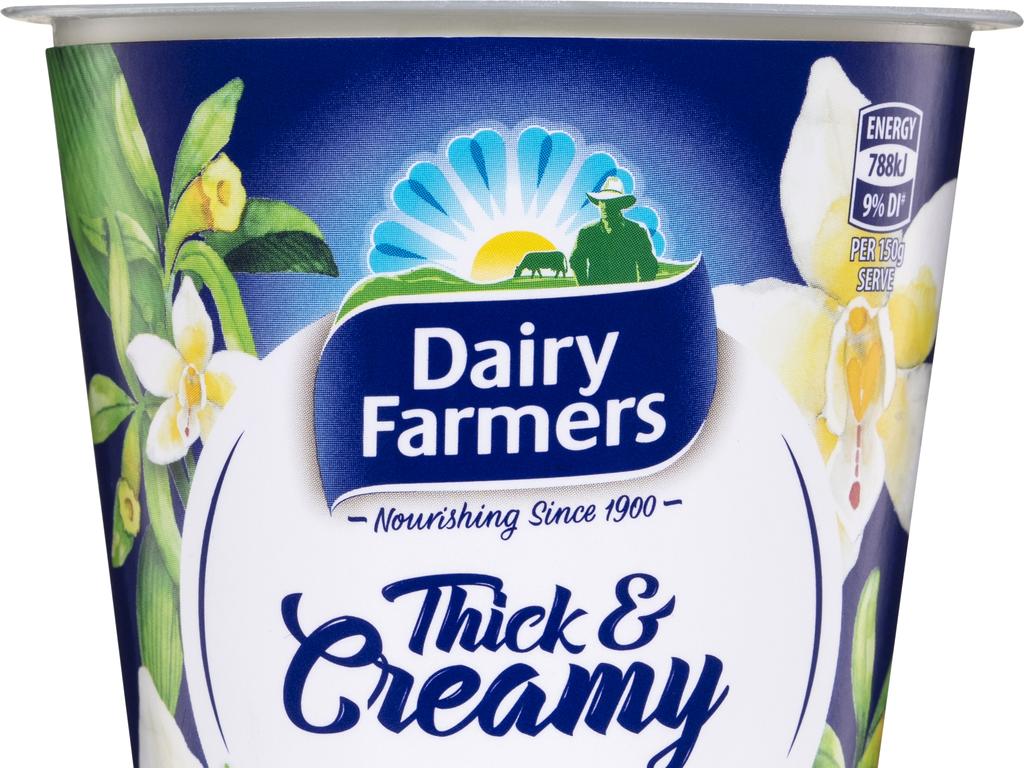
3) Dairy food
Dairy foods including milk, cheese, yoghurt and dairy snacks provide both calcium and protein for healthy bones, teeth and growth. Look for yoghurts that do not contain added sugar. Flavoured milk is a good option for older children.
4) Snack
Aim for snacks to contain 400kJ or 100cal per serve and options that are made from whole grains with minimal amounts of added sugars (5g per serve). Naturally homemade snacks such as banana bread or mini muffins are better options nutritionally if you have time to make them.
5) Water
Water should always be the drink of choice for children. Fruit juice, cordial and flavoured waters are high in sugar and should not be consumed regularly.
WHAT TO AVOID
Cheese and cracker dippers: While cheese and crackers are nutritious, soft style dips are highly processed and low in protein.
Rice snacks: Processed rice is a concentrated source of energy and easy to overeat. Flavoured varieties often contain added MSG.
Chocolate spreads: Contain more sugar and vegetable oil than any child needs.
Sweet biscuits: Made using vegetable oil, sugar and white flour they really are a party food.
Cheesy chips / extruded cheese snacks: Often contain added MSG and are highly processed.